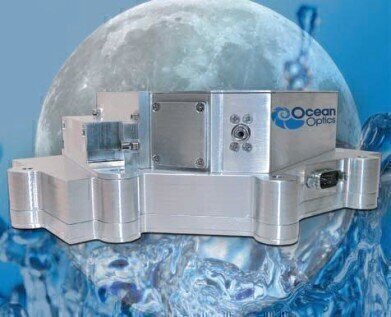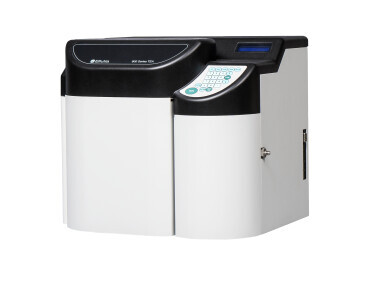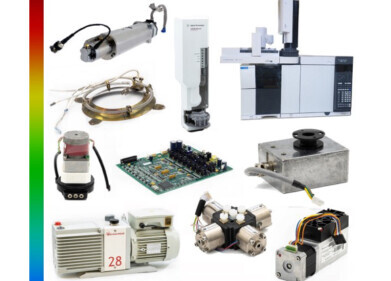Chromatography
Spectrometer Confirms Water on the Moon
Mar 17 2010
Spectrographic data taken from an Ocean Optics spectrometer has helped NASA confirm the presence of water ice on the moon. The spectrometer, custom re-engineered for space duty by Aurora Design & Technology and dubbed ‘ALICE’, was part of the scientific payload on NASA’s Lunar CRater Observation and Sensing Satellite (LCROSS) mission.
The LCROSS shepherding spacecraft (S-S/C) carrying ALICE made spectroscopic measurement of the permanently shadowed crater Cabeus, near the lunar south pole, as the spacecraft’s Centaur upper rocket stage impacted the floor of Cabeus. The instruments on board the S-S/C monitored the emission caused by the Centaur impact, as well as the resulting two-part debris plume created by the impact.
NASA scientists announced that the signature of water was seen in both near-infrared and ultraviolet spectroscopic measurements taken during the mission. Ocean Optics’ ALICE provided the ultraviolet measurements, confirming the findings of the nearinfrared spectroscopic measurements.
From the data gathered, NASA scientists were able to estimate that roughly 220 pounds of water were found by the instruments in the material excavated from the 20-30m wide crater form by the Centaur impact. It is hoped that water on the moon could set the stage for further space exploration by providing drinking water or even rocket fuel derived from its hydrogen and oxygen molecules.
Ocean Optics’ highly-sensitive QE65000 Spectrometer was adapted to withstand the rigors of space – extreme temperature ranges, radiation, shock and vibration. With a wavelength range of 270-650nm and an optical resolution of less than 1.0nm, ALICE was designed to identify, with a high degree of accuracy, ionized water (visible at 619nm), OH radicals (visible at 308nm) and other organic molecules containing carbon. Though the measurements were made from the ejecta reflecting sunlight scattered off of the crater walls, the unit’s back-thinned detector was able to make the most of the available light.
Ocean Optics and Aurora Design & Technology have collaborated on other NASA space projects, including the ChemCam Mars mission. A unit designed around Ocean Optics’ HR-Series spectrometers will be part of the mission to study rock and soil composition on the red planet, scheduled to launch in fall 2011.
Digital Edition
Lab Asia 31.2 April 2024
April 2024
In This Edition Chromatography Articles - Approaches to troubleshooting an SPE method for the analysis of oligonucleotides (pt i) - High-precision liquid flow processes demand full fluidic c...
View all digital editions
Events
May 05 2024 Seville, Spain
InformEx Zone at CPhl North America
May 07 2024 Pennsylvania, PA, USA
May 14 2024 Oklahoma City, OK, USA
May 15 2024 Birmingham, UK
May 21 2024 Lagos, Nigeria







.jpg)










